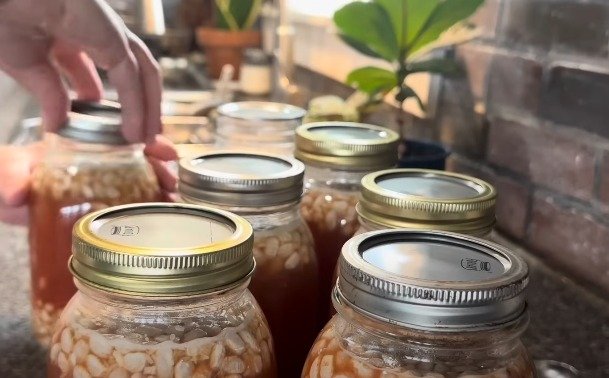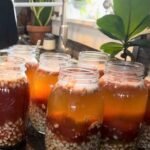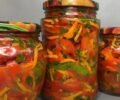Related Recipes
-
Delicious Korean-Style Pickled Bell Peppers: A Must-Try Recipe
By Kawther
-
Mason jars, Pressure Canner, Canning THE BEST Homemade Beef Stew
By canadaimmo.com
-
How to Make Peach Jam: A Simple Guide
By Kawther


















